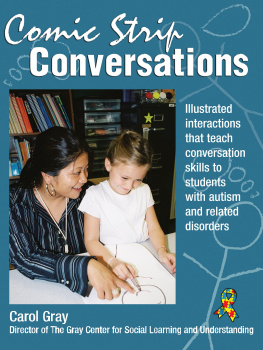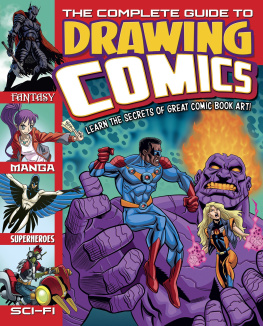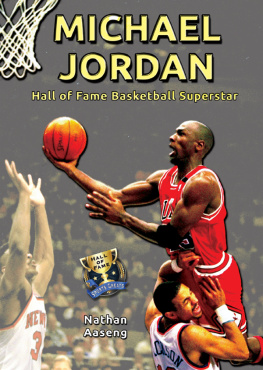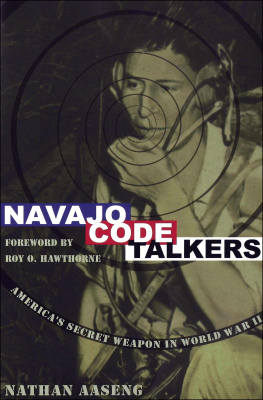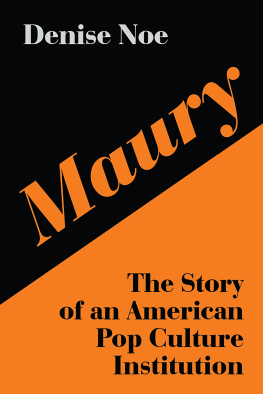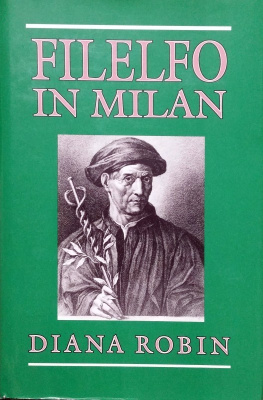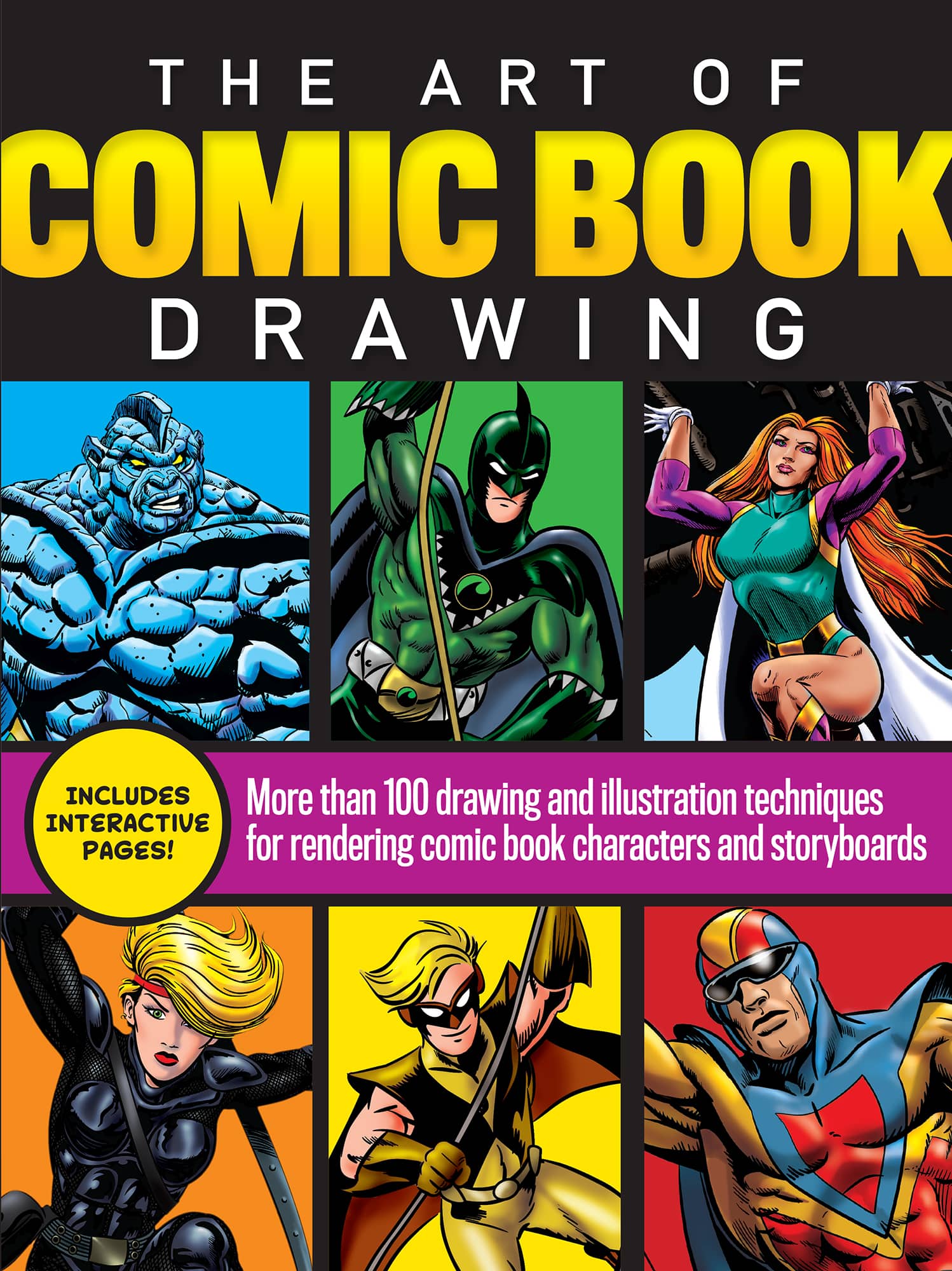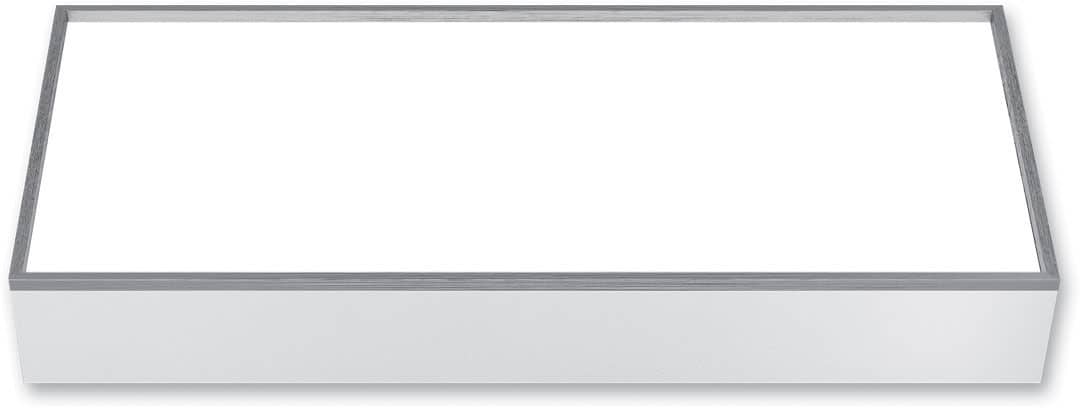THE ART OF
COMIC BOOK
DRAWING
More than 100 drawing and illustration techniques for rendering comic book characters and storyboards
MAURY AASENG
BOB BERRY
JIM CAMPBELL
DANA MUISE
JOE OESTERLE

Introduction
Comics are a hybrid genre in which illustrations and written words work together to tell a story. While a childrens storybook technically has a similar definition, comics are a very special and unique art form. Each page is filled with action, with frame-by-frame drawings each playing their part to keep the narrative going as you follow along.
While it is a relatively new art form, today it exists with enormous representation and variety and serves as the occupation of tons of creative individuals. It even inspires other art forms, such as TV, film, and animation. With the advancement of technology, comics have also transcended beyond their origins in black-and-white newspaper prints to full-color graphic novels and digital formats, such as webcomics.
As the art of comics has gained popularity over the years, different countries have developed their own styles and titles, many of which have become internationally recognized. Heroes such as Batman and The X-Men are international hits, drawn by artists from all over the world. In Japan, mangaka, such as Osamu Tezuka, take the comic art form in its own amazing direction. France, the United Kingdom, and Korea also make up a small handful of many countries that have made monumental contributions to this art genre.
As you delve into this creative world with the help of this book, it is our hope that you will glean a deeper understanding and respect for the art form and eventually even create your own work. The lessons and projects in this book will help you build a strong foundation from the ground up: learning how to create a story; finding inspiration; and, most importantly, creating the characters that will make your story come to life for you and your audience.
Learning how to draw and, specifically, how to make your own comic, will take patience, practice, and time. Remember that everyone starts at the beginningeven the best of usso dont lose motivation!
Use a pencil to practice your comic book drawing skills on the interactive pages, or scan and print on thicker paper to create finished works of art with colored pencils, markers, or ink. The choice is up to you!
Tools & Materials
Comic book art can be created using a variety of tools and materials. Most of the artwork in this book was colored on a computer, but dont worry if youre not set up for that. You can use plenty of traditional media such as pencils, inks, colored pencils, markers, and paint. Below are the supplies youll need to get started.
PAPER
Sketch pads and inexpensive printer paper are great for sketching and working out your ideas. Tracing paper can be useful for creating a clean version of a sketch using a light box. Cardstock is sturdier than thinner printer paper, which makes it ideal for drawing repeatedly or for heavy-duty artwork. You may also want to have illustration board on hand.

PENCILS
Pencil lead, or graphite, varies in darkness and hardness. Pencils with a number and an H have harder graphite, which marks paper more lightly. Pencils with a number and B have softer graphite, which makes darker marks. A good pencil for sketching is an H or HB, but you can also use a regular No. 2 pencil.
COLORED PENCILS
Colored pencils layer over each other easily. They come in wax-based, oil-based, and water-soluble versions. Oil-based pencils complement wax-based pencils nicely. Water-soluble pencils react to water in a manner similar to watercolor. In addition to creating finished art, colored pencils are useful for enhancing small details.
ERASERS
Vinyl and kneaded erasers are both good to have on hand. A vinyl eraser is white and rubbery and is gentler on paper than a pink eraser. A kneaded eraser is like putty. It can be molded into shapes to erase small areas. You can also use it to lift graphite off paper to lighten artwork.
PAINT
Have fun exploring acrylic, watercolor, and even gouache paint. Watercolor paints are available in cakes, pans, and tubes. Tube paints are fresher and the colors are brighter. Acrylic paint dries quickly, so keep a spray bottle of water close to help keep the paint on your palette fresh. Its a good idea to have two jars of water when you paint: one for diluting your paints and one for rinsing your brushes.
ART MARKERS
Alcohol-based art markers are perfect for adding bold, vibrant color to your artwork. They are great for shading and laying down large areas of color. Markers and colored pencils can be used in combination with paint to enhance and accent your drawings.
LIGHT BOX
A light box is a useful and generally inexpensive tool with a transparent top and a light inside. The light illuminates paper placed on top, allowing lines to show through for easy tracing. Simply tape your rough drawing on the surface of the light box, place a clean sheet of paper on top of your sketch, and turn the light on.
QUILL OR DIP PEN
Quill and dip pens provide some flexibility with line when inking. You can purchase different sizes of nibs. Be careful when inking with these tools. They often leave lines that stay wet for several minutes. Make sure you allow for plenty of drying time!
INDIA INK
India ink is black ink made of carbon. It has been used in various forms since ancient times and became standard for writing and printing in the Western world around the turn of the 20th century. India ink is a traditional inking material for comic book artists, but you do not have to use it to ink your art.



